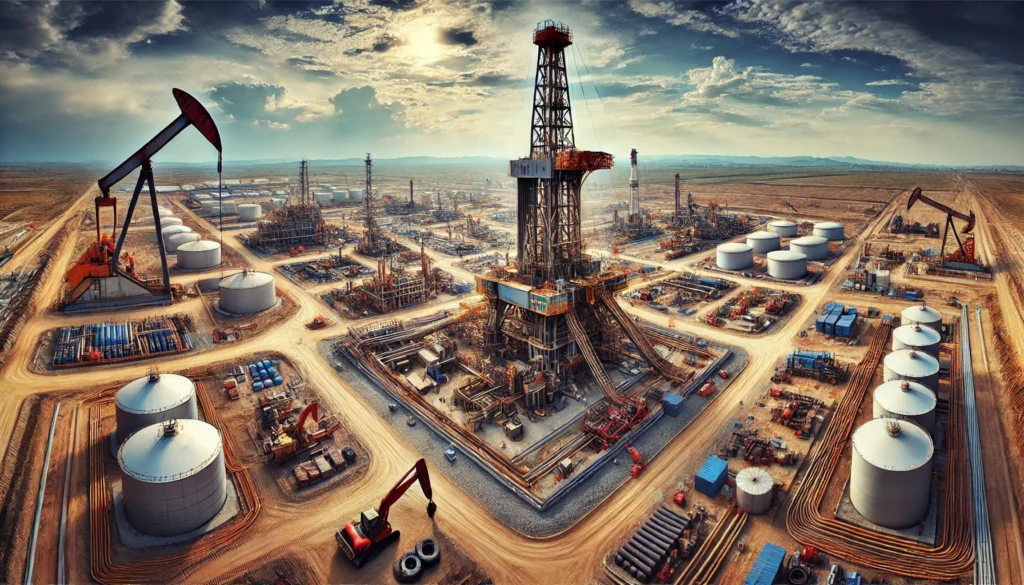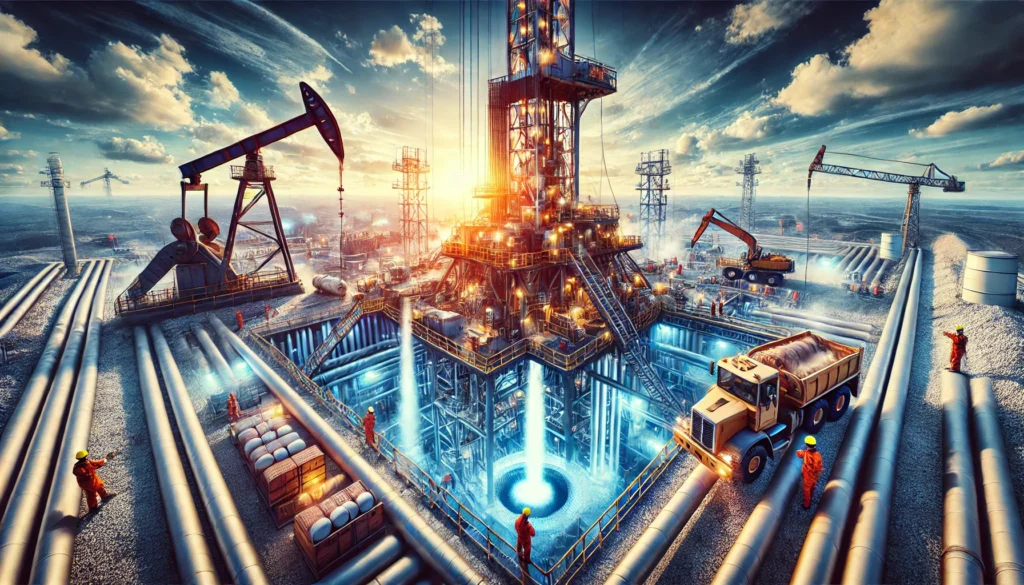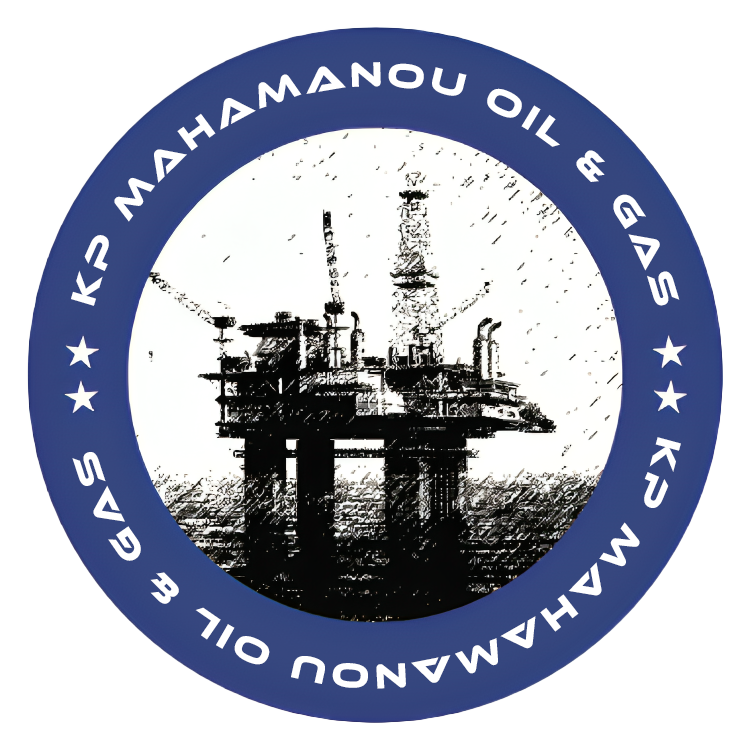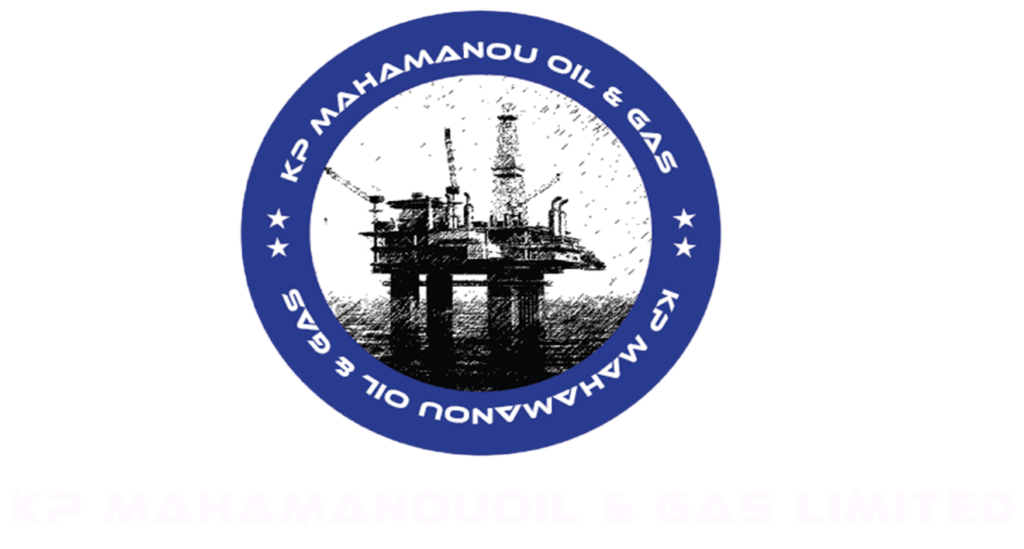OIL WELL DRILLING
An oil well is a carefully constructed borehole in the Earth designed to extract petroleum oil hydrocarbons from subsurface reservoirs. In many cases, natural gas is also released alongside the oil during extraction. When a well is primarily or exclusively intended to produce natural gas, it is referred to as a gas well. The process of drilling an oil well begins with the identification of a geologic target by a geologist or geophysicist.
KP Mahamanou Oil & Gas Limited plays a pivotal role in this process, leveraging cutting-edge technology and expertise to identify optimal drilling locations and execute precise well construction. By combining geological insights with advanced engineering techniques, the company ensures efficient and sustainable extraction of oil and gas resources. This meticulous approach not only enhances productivity but also minimizes environmental impact, reflecting KP Mahamanou Oil & Gas Limited’s commitment to responsible energy development.
An oil well is a carefully engineered borehole drilled into the Earth to extract petroleum oil hydrocarbons from subsurface reservoirs. Typically, natural gas is also released alongside the oil during production. When a well is primarily intended to produce natural gas, it is referred to as a gas well. Before drilling begins, a geologic target is identified by geologists or geophysicists to align with the well’s objectives. KP Mahamanou Oil & Gas Limited excels in this process, utilizing advanced technology and expertise to ensure precise and efficient well planning and execution.
The selection of a geologic target varies depending on the type of well:
– For a production well, the target is chosen to optimize hydrocarbon recovery and effectively manage reservoir drainage.
– For an exploration or appraisal well, the target is selected to confirm the presence of a viable hydrocarbon reservoir or to determine its size and extent.
– For an injection well, the target is identified to locate a permeable zone for injecting water, gas, or other substances to enhance hydrocarbon recovery or support reservoir management.
Once the target (the well’s endpoint) is determined, it is matched with a surface location (the starting point), and a well trajectory is designed to connect the two. A team of geoscientists and engineers then develops a detailed set of assumptions about the subsurface conditions, including pore pressure, fracture gradient, wellbore stability, porosity, permeability, lithology, faults, and clay content. These assumptions are critical for planning the well’s path and ensuring safe and efficient drilling.
DRILLING
The process of creating an oil well involves drilling a hole into the Earth, typically ranging from 12 cm to 1 meter (5 inches to 40 inches) in diameter, using a drilling rig equipped with a rotating drill string and a drill bit. Once the initial hole is drilled, sections of steel pipe, known as casing, are inserted into the borehole. These casings are slightly smaller in diameter than the drilled hole and are essential for maintaining the structural integrity of the wellbore. KP Mahamanou Oil & Gas Limited employs advanced drilling techniques and high-quality materials to ensure the durability and safety of its wells.
To further stabilize the well, cement is often pumped into the annular space (the gap between the casing and the borehole wall). This cementing process not only reinforces the casing but also isolates high-pressure zones from one another and from the surface, preventing potential hazards such as blowouts or fluid migration. Once these zones are securely isolated and the formation is protected by the casing, the well can be drilled deeper into more challenging and potentially unstable formations.
Modern wells typically involve multiple stages of drilling and casing, with each subsequent hole size being smaller than the previous one. This process, known as telescoping, involves drilling two to five progressively smaller hole sizes, each lined with correspondingly smaller casings and cemented in place. KP Mahamanou Oil & Gas Limited utilizes this multi-stage approach to safely and efficiently reach deeper reservoirs, even in complex and high-pressure environments. By combining cutting-edge technology with rigorous safety protocols, the company ensures the successful and sustainable development of oil and gas resources.





